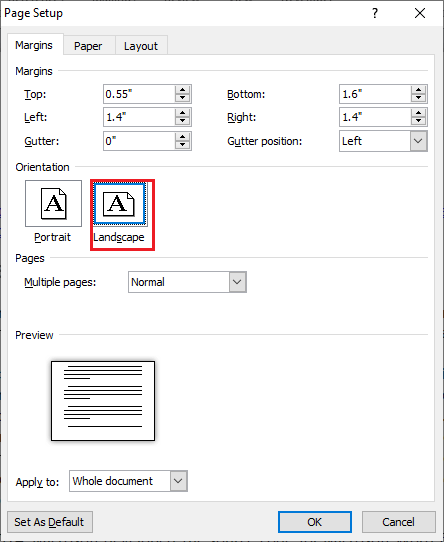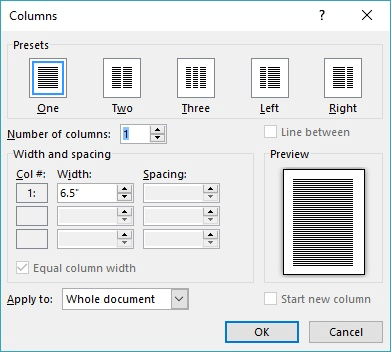

All pages in the current scope of page styles will be changed. To apply the new style, double-click the "My Landscape" page style in the Styles and Formatting window. Now you have defined a proper page style with the name "My Landscape". See the section about the scope of page styles at the end of this help page. In the Next Style box, select the page style that you want to apply to the next page that follows a page with the new style.On the Organizer tab page, type a name for the page style in the Name box, for example "My Landscape".The new page style initially gets all properties of the selected page style. Right-click a page style and choose New.To change the page orientation for all pages that share the same page style, you first need a page style, then apply that style: You can create a new page style based on the properties of an existing page style, but when you later change the source style, the new page style does not automatically inherit the changes. Unlike character styles or paragraph styles, the page styles don't know a hierarchy. If you are unsure about the page style concept, please read the section at the end of this page. You can either change the “Default” page style for the current document, or you can define own page styles and apply those page styles to any parts of your text.Īt the end of this help page, we'll discuss the scope of page styles in detail. Page styles define more page properties, as for example header and footer or page margins. LibreOffice uses page styles to specify the orientation of the pages in a document. To Change the Page Orientation Only for Some Pages Under Paper format, select “Portrait” or “Landscape”.If your text document consists only of pages with the same page style, you can change the page properties directly: To Change the Page Orientation for All Pages 2.2 Manually Defined Range of a Page style.2 To Change the Page Orientation Only for Some Pages.


You can use the Page Setup dialog box to change the page to portrait mode, and the text will still be rotated on the page. Your page that contains the rotated text has had its layout changed to landscape mode, as well. Now your text is rotated 90 degrees to your headers and footers. Selection.Orientation = wdTextOrientationVerticalFarEast In the Immediate window, type the following and press Enter:.(It should appear at the bottom of the VBA Editor. Make sure the Immediate window is displayed.Press Alt+F11 to display the VBA Editor.(If you don't select at least one character in the section you wish to rotate, the entire document will be rotated.) Select at least one character between those section breaks, but don't select the actual section breaks.Place a Next Page section break before and after the text you wish to rotate.However, if you use the fact that Microsoft started including Far East language support in Word 2000, you can rotate an entire section of text clockwise, 90 degrees to your headers and footers. (You can insert a text box and rotate the text within that textbox, insert a table and rotate the text within a cell, or use WordArt.) Any of these methods can be quite cumbersome and time consuming to set up and get aligned properly. Have you ever wanted to rotate the text in your Word document 90 degrees in relation to your headers and footers? As has been discussed in other WordTips, there are a couple of ways to do this using Word's native capabilities.


 0 kommentar(er)
0 kommentar(er)
